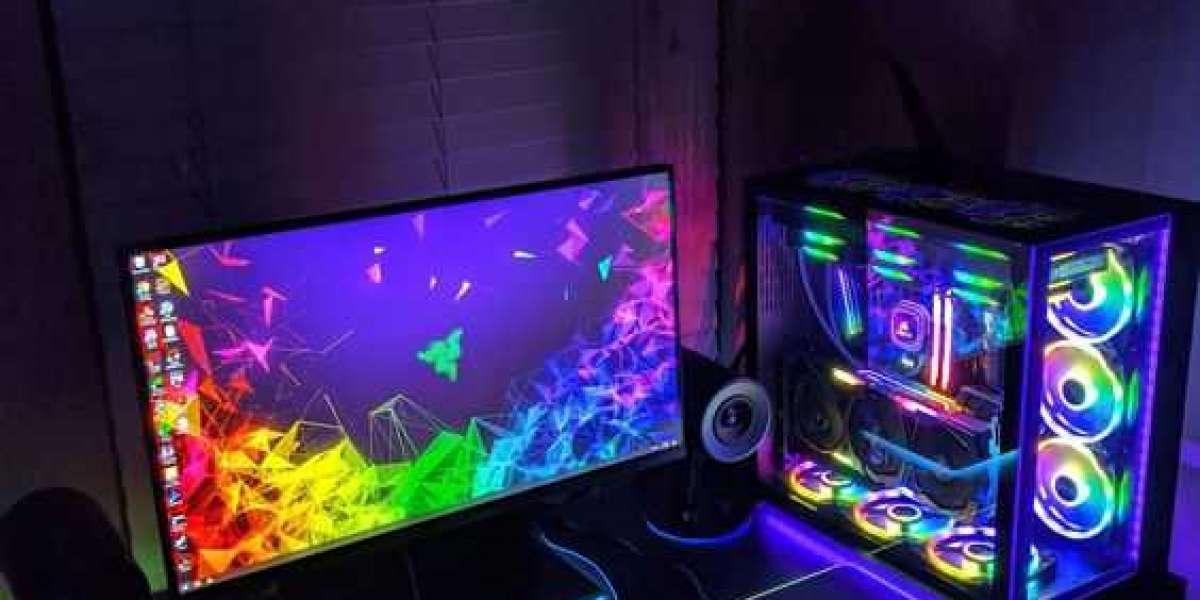Computer system units often face performance degradation over time. Fortunately, there are many ways to restore and even improve your computer's performance. In this article, we will discuss key methods for boosting your PC's performance, from simple software tweaks to more advanced hardware upgrades.
1. Cleaning Up the System and Removing Unnecessary Programs
Over time, your computer accumulates many unnecessary files and programs that slow it down. To get rid of them, follow these steps:
- Remove Unnecessary Programs: Go to "Control Panel" "Programs and Features" and uninstall programs you don't use.
- Clean Temporary Files: Use the built-in "Disk Cleanup" tool or third-party programs like CCleaner to remove temporary files and cache.
2. Optimizing Startup
Many programs automatically start when the computer boots up, slowing down the startup process. To optimize startup:
- Windows 10: Press Ctrl + Shift + Esc to open the "Task Manager," go to the "Startup" tab, and disable programs that are not needed at startup.
- Mac: Open "System Preferences" "Users Groups" "Login Items" and remove unnecessary items from the list.
3. Updating Drivers and System
Updated drivers and system updates often contain bug fixes and performance improvements. Make sure you have the latest versions of drivers for all devices and system updates installed.
- Windows: Go to "Settings" "Update Security" "Windows Update" and check for updates.
- Mac: Open "System Preferences" "Software Update" and install available updates.
4. Upgrading RAM
Increasing the amount of RAM can significantly boost your computer's performance, especially if you work with resource-intensive applications.
- Check Current RAM: Open "Task Manager" on Windows or "Activity Monitor" on Mac to see how much memory is being used and how much is available.
- Choose the Right RAM: Make sure you choose compatible RAM for your computer. For example, to select the right RAM, you can refer to https://acomp.com.ua/ and explore the available options.
5. Replacing the Hard Drive with an SSD
Solid-state drives (SSDs) are much faster than traditional hard disk drives (HDDs). Replacing an HDD with an SSD can speed up the boot time of your operating system and applications, as well as improve overall performance.
- Clone Your Disk: Use specialized programs like Clonezilla or Acronis True Image to transfer data from the HDD to the SSD.
- Install the SSD: Follow the instructions for installing the SSD in your computer, which can be found on the manufacturer's website or in the user manual.
6. Using System Optimization Tools
There are various programs that can help optimize your computer's performance:
- Advanced SystemCare: A program for system cleanup, registry error correction, and optimization settings.
- MSI Afterburner: A tool for overclocking your graphics card and monitoring its performance.
Conclusion
By following these recommendations, you can significantly increase your computer's performance and enjoy its fast and stable operation. Whether you choose software optimization methods or decide to upgrade your hardware, each step will contribute to improving your PC's performance. And remember, the right choice of computer system units plays a key role in achieving optimal performance.




